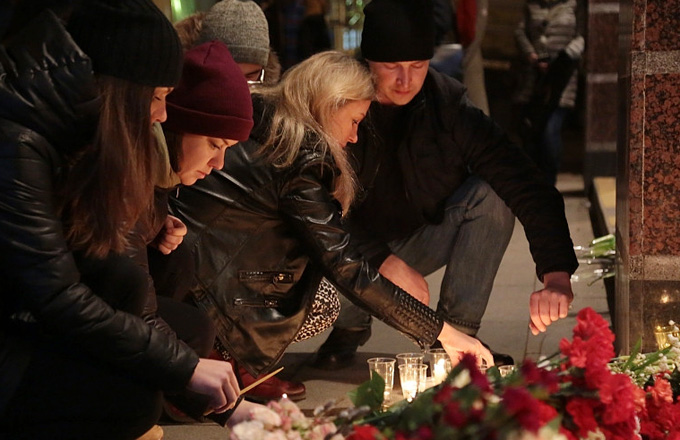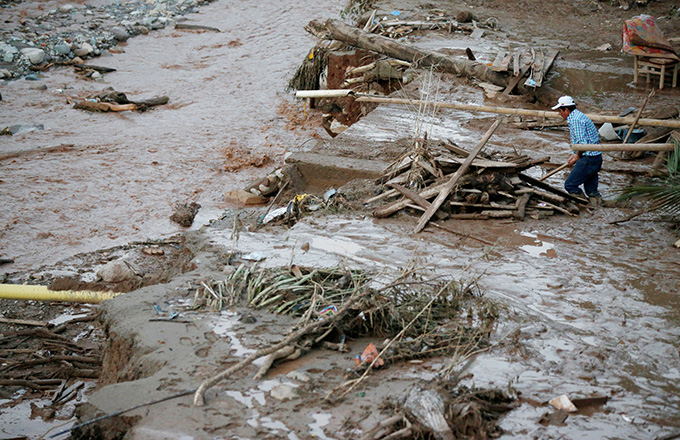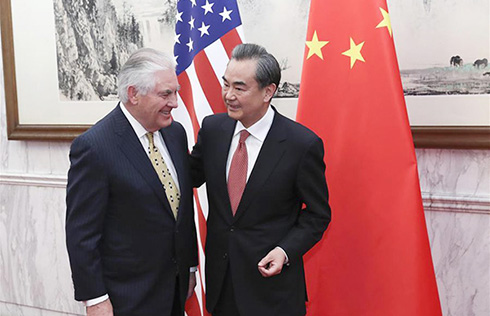War-ruined buildings used by Afghan youth to practice parkour
KABUL - Jumping from one wall to another in a ruined building on the western edge of Kabul City, Jamil Shirzad exclaimed proudly that he is going to promote parkour to youngsters in Afghanistan.
"In the beginning there were only four teenagers training in parkour when I started practicing about six years ago, but fortunately today I am leading a 60-member team," said Shirzad recently.
Practicing parkour is a new phenomenon among sport fans in Afghanistan and very few people know about it in the war-battered country.
"My sole objective of practicing and promoting parkour is to introduce the new sport among the Afghan youth on one hand and on the other, to showcase a positive image of conflict-hit Afghanistan to the global community," the young parkour trainee explained.
Afghan athletes have made tremendous achievements over the past decade in regional and international competitions, and have won medals from different championships including Beijing 2008 and London 2012 Olympic Games.
Nonetheless, practicing parkour is a new activity in Afghanistan and the country's National Olympic Committee has yet to recognize it.
However, the newly-introduced sport has been rapidly finding its way into the lives of Afghans as many youngsters are willing to practice and passersby excitedly look at the players jump from one point to another in destroyed or under construction buildings here in the Afghan capital.
Learning the art by viewing short clips on YouTube, the young player whispered that Afghans have the talent to reinvent and rebuild their war-ravaged country if the lingering militancy and chaotic situation were to cease.
All kinds of sports including taekwondo, football, volleyball, cricket, and many more are popular in Afghanistan but parkour is completely new among Afghans.
"Right now we have no training gym, no mentor, no coach and no specific place to exercise," Shirzad complained, along with a few members of his team all dressed in traditional clothes instead of a specific uniform, who were exercising in a ruined building.
"Parkour is an artistic sport which promotes peace, health and the fitness of the body," said the trainee, demanding that the government provide a stadium for the sport and to help youngsters excel at it.
A lack of gym and facilities have forced Afghan parkour players to exercise inside destroyed buildings, roads and streets, and jump from one point to another even on crowded streets, to improve their abilities.
Although countless numbers of buildings destroyed in the war have been rebuilt in Kabul over the past 16 years, there are still many ruined buildings to accommodate the parkour players' activities.
Pedestrians and motorists usually stop during their journeys to look at those practicing parkour and watch their urban, acrobatic performances enthusiastically.
"We have a variety of problems and above all are a shortage of a gym and equipment to exercise," complained Shadab Nuri, the vice captain of the Kabul parkour team.
He also said that the police often warn them if they play on streets.
"Practicing parkour makes your body fit and gives you self-assurance that you can overcome all obstacles," Najib Ahmadi, 12, a new trainee, exclaimed.



















